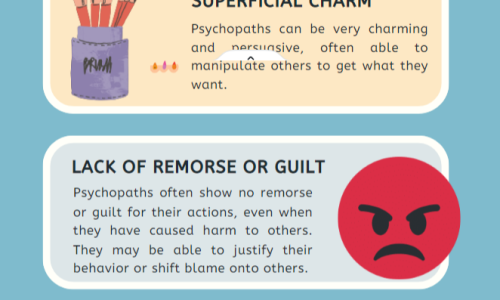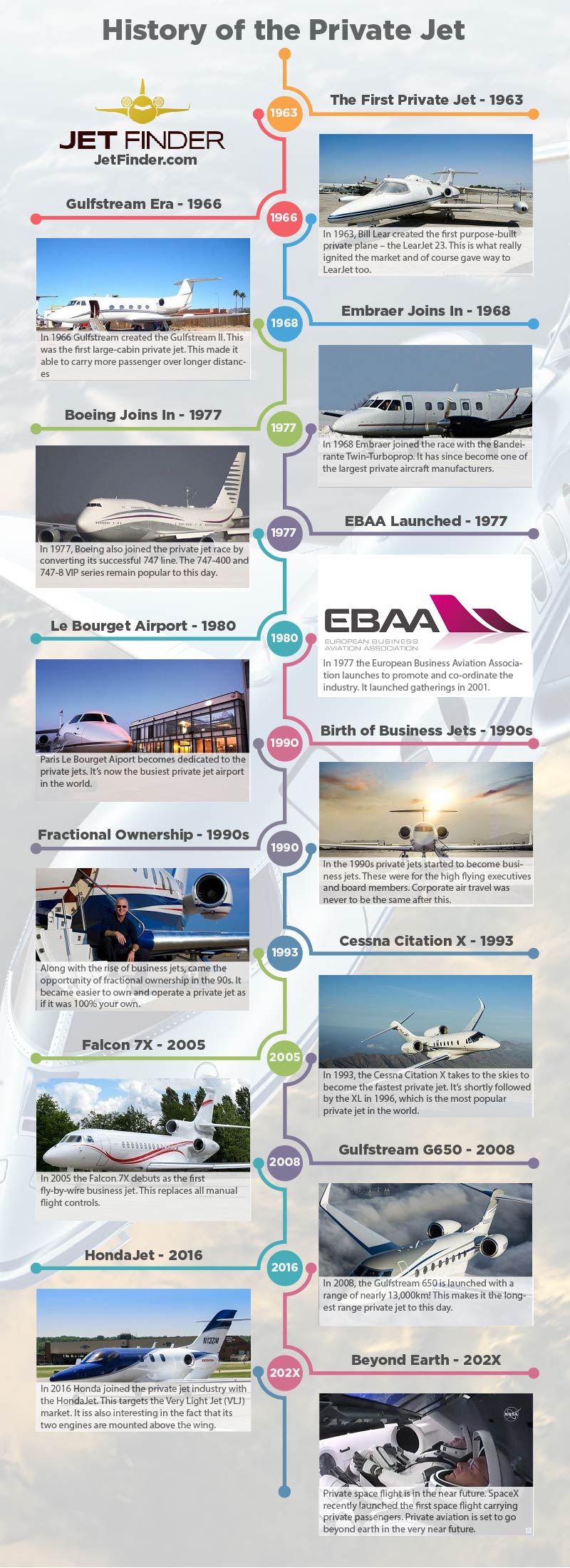An infographic detailing the history of guitar effects, starting all the way back to the 1930s with Rickenbacker’s Vibrola Spanish Guitar and progressing to the present day. Along the way, we’ll see iconic guitar-effect breakthroughs like gain and reverb in the 1940s to 1950s’ effects like fuzz (discovered by accidentally dropping a Fender Bass amp on a rainy street!) and distortion (the fortuitous discovery when Link Wray stabbed a hole in his amp’s speaker).

The guitar effects hit their stride in the 1960s with the first transistor-powered guitar pedals, including the first wah-wah pedals and the first octave effect pedal among glorious others. The explosion of effects pedals in the 1970s reverberates today: signal alterations, distortion, modulation, time-based effects, and filter effects.
A timeline of all these effects along with the iconic musicians who used what—Bo Diddley’s Trem Trol 800 Tremolo, Jimi Hendrix’s Leslie rotating speaker, the Rolling Stones’ Maestro Fuzz Tone, etc.
All these will be highlighted by this infographic, courtesy of Songsimian.
![]()










